Who invented the theme park? Such a complicated question will have many answers, but the Adirondacks' own Arto Monaco could make a compelling case that it was himself.
The Adirondacks were once crowded with his creations. There was Old McDonald’s Farm in Lake Placid, Frontier Town in North Hudson, The Land of Makebelieve in Upper Jay, and Gaslight Village in Pottersville first, and later, in Lake George. Storytown became what is now known as The Great Escape. The only one still in operation is Santa’s Workshop in Wilmington, which was constructed in 1947, predating California's DisneyLand, which opened in 1955.
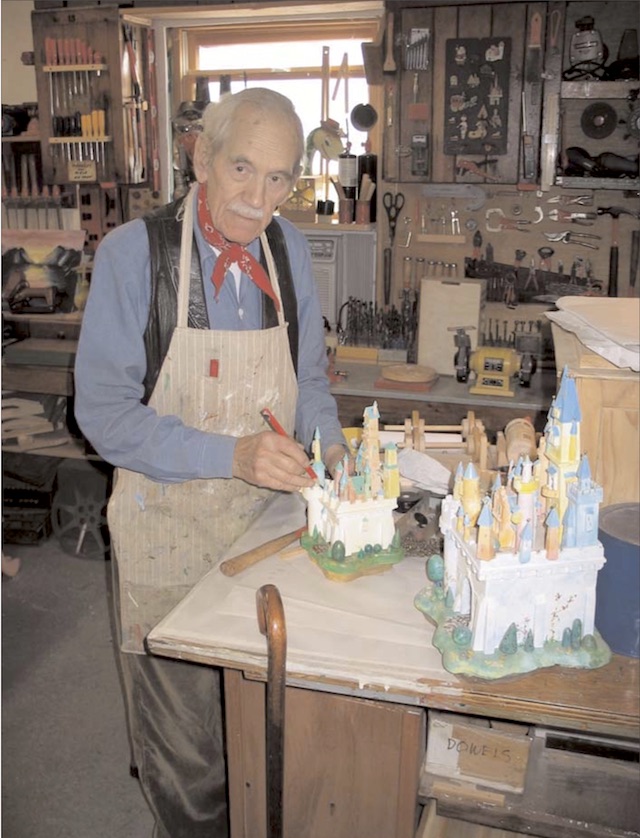
If there was ever a man who understood the power of imagination, it was someone like Arto Monaco, who would have fit right in working with an actual Santa Claus.
Master of illusion
Monaco started his official art career as a set designer for MGM, Paramount, Warner Brothers, and Disney Studios, and also moonlighted as an interior decorator for Hollywood stars like Fannie Brice, Ray Milland, and Charlie Chaplin.
During his WWII service he built a German village in the Arizona desert to train soldiers. His talents were also suited for Hasbro, Mattel, and the Ideal Toy Company, where he designed prototype models for games, toys, and educational activities.
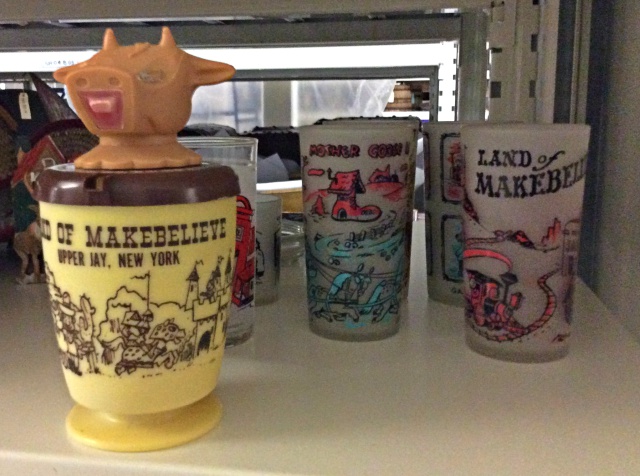
Childhood magic was always a constant interest in Mr. Monaco's life, and he was to create his own company, Arto Monaco Toys, that made wooden and educational items for children.
When I visited the Arto Monaco collection at the Adirondack Experience museum, the evidence of his lifelong creativity was adorable and abundant. The curator pointed out the pink mouse in the collection, flipping it over to show its plastic brush underside.
"Can you guess what this was used for?" I confessed it reminded me of a carpet cleaner in a restaurant, but I knew that wasn't right.
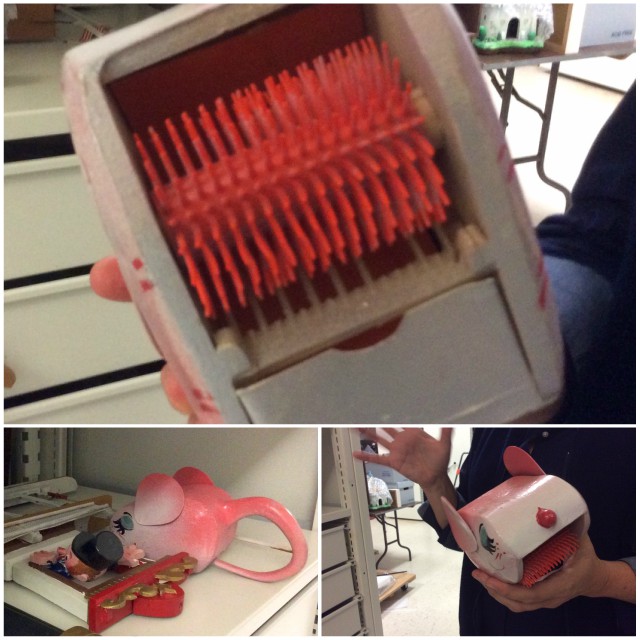
Turned out, this was one of the many projects Mr. Monaco was working on during his long career. It was a device to help children pick up small parts from their play areas when they were finished with a game or project.
I was delighted, instantly understanding that running the mouse around the floor would be more fun for anyone than the usual picking-up process.
Always having fun
Mr. Monaco had a low-key approach. Most of us are used to long lines and carefully planned experiences at the amusement parks around today. In contrast, the Land of Makebelieve was child-sized and unstructured.
The transport and buildings were designed for people 12 and under. Parents were encouraged to let the children play in a world designed for their size.
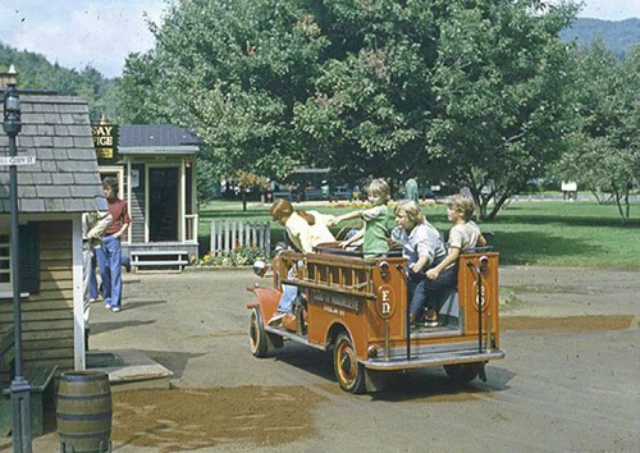
A prominent sign at the entrance declared: “Don’t say ‘Hands Off,’ don’t say ‘Don’t Touch,' 'cause no one here forbids, so put your paws on anything — we built this place for kids.”
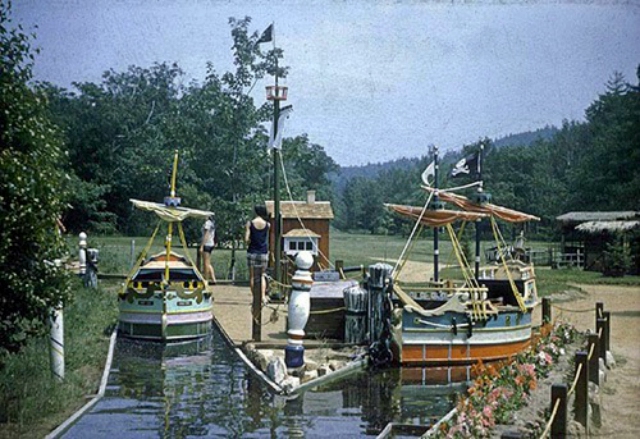
The employees were invariably in costume, and in character, as they went about their duties. There was a broad range of different settings, which included a riverboat named the Billabong Belle, a Fairytale Castle, and several fairy-tail houses. Another section had a train, a stagecoach, and an old western town named Cactus Flats. There was a Ghost Town, an Adventure Town, and a Gaslight Village.
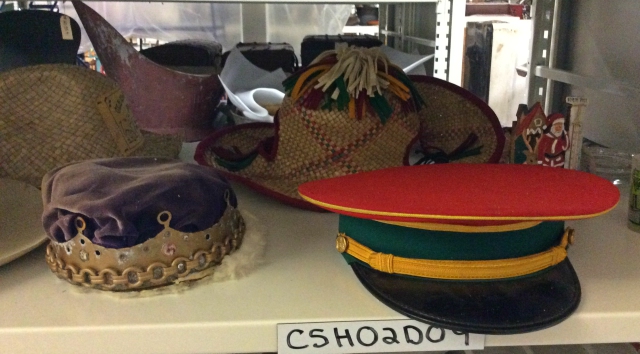
During his teen years Mr. Monaco got encouragement from Jay artist Rockwell Kent, who had seen the murals he had painted on the walls of his father's restaurant. He helped him get into the prestigious Pratt Institute, an art school in Manhattan. Upon his graduation in 1937, summer visitors who knew his work helped him get started in Hollywood. He could have continued his career there, but what he described as "restlessness" and his time spent designing visual aids for training during his WWII service, left him eager for something more personally meaningful.
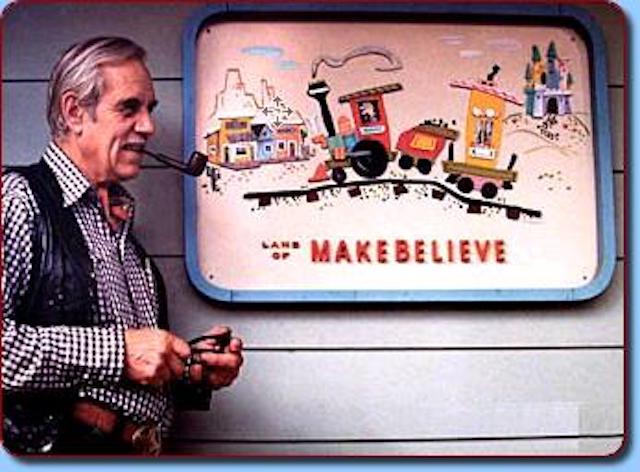
He wanted to build another village, but this would be for peaceful purposes.
End of an era
After designing theme parks for others in the Adirondacks, like Santa's Village in Wilmington and Old McDonald's Farm in Lake Placid. Mr. Monaco was ready to create something for himself — low key, not full of things to sell to kids, and not full of directed activities. He found a financier who agreed with his vision, and soon the Land of Makebelieve was under construction, all between 1:2 to 3:4 scale.
Unfortunately, the location was prone to flooding when ice jammed the Ausable River. The eleventh flood, in 1979, brought the end.
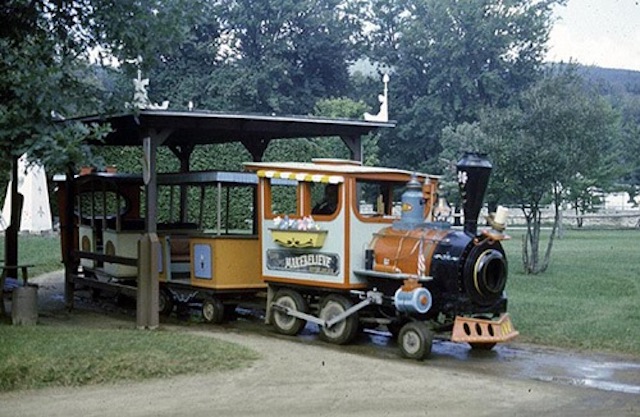
Mr. Monaco took the setback philosophically. He kept the buildings of Cactus Flats in his back yard, where all the local children could still play. He illustrated 17 books and continued making toys. He donated some of his children's furniture to the public libraries in Upper Jay and Au Sable Forks. He painted a mural around the indoor swimming pool at Paul Newman's camp for critically ill children, the Double “H” Hole-in-the-Woods Ranch in Lake Luzerne.
He passed away in 2003, happy to have brought joy to so many.
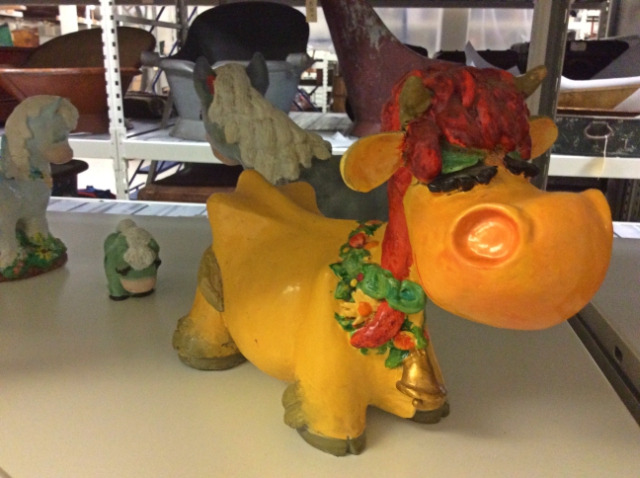
The charm of Arto Monaco's work is still around, and still alive at Santa’s Workshop! Let children be children - enjoy the pint-sized rides and interactive shows that run all summer, or plan to visit in the winter for the special Village of Lights display.
Stay close with a choice of lodging. Explore our dining. Enjoy all of our attractions.
Arto Monaco photo courtesy Lake Placid News October 3 & 10, 2003. Vintage photos courtesy artomonaco.org.
This week in related ADK news:
